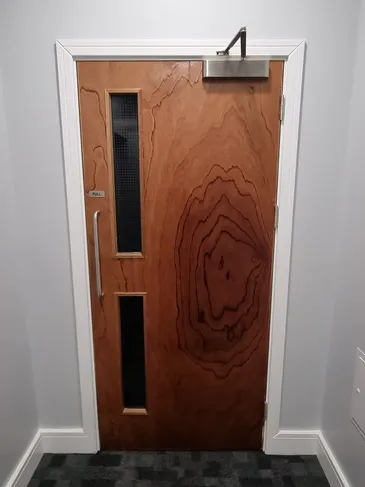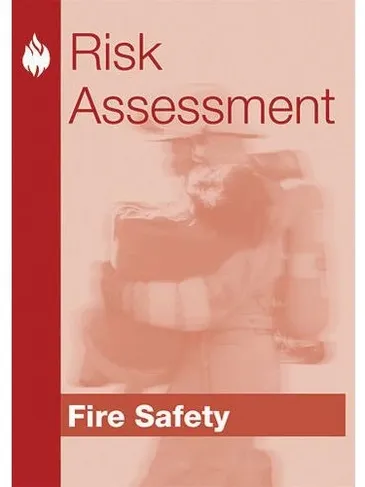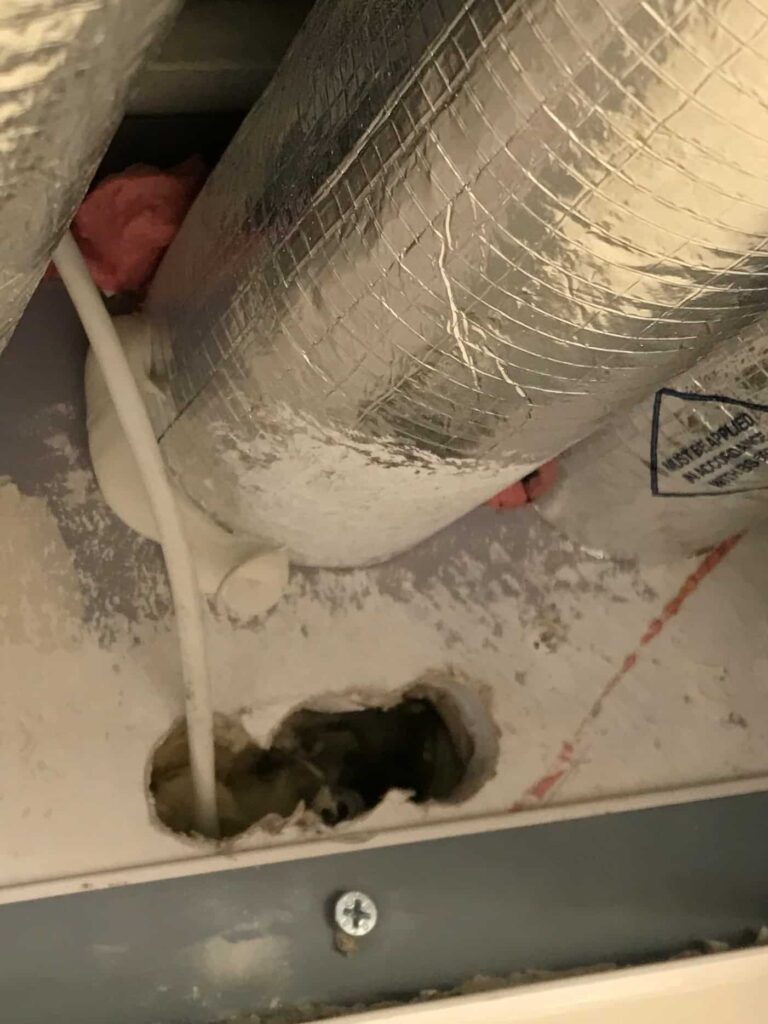
Fire door surveys and programs
Residential buildings require Fire door programs to monitor faults and deterioration which may contribute to fire spread.

Breaches of compartmentation
Residential buildings require Fire door programs to monitor faults and deterioration which may contribute to fire spread.

Fire risk assessments
You have received your FRA. Now what? Confused, not sure what to do. Turn to us for a free 20 minute consultation
FAQ
A fire door survey is a comprehensive inspection and assessment of fire doors within a building to ensure they meet fire safety standards and are fully functional in the event of a fire.
Fire door surveys are crucial to verify the condition, compliance, and functionality of fire doors, which play a critical role in containing fires and protecting occupants.
The frequency of fire door surveys varies depending on local regulations and the level of risk. In many cases, they should be performed annually, but more frequent surveys may be necessary in high-traffic or high-risk areas.
Fire door surveys should be carried out by qualified professionals, such as fire safety engineers or certified inspectors, who have the necessary expertise and knowledge of fire door standards.
A fire door survey checklist typically includes items like checking door frame integrity, inspecting door leaf and hardware, verifying self-closing mechanisms, and ensuring the presence of adequate intumescent seals.
Preparation involves ensuring that all fire doors are accessible, removing obstructions, and providing access to relevant documentation, such as maintenance records and fire door schedules.
FAQ
Fire compartmentation is a crucial fire safety strategy that involves dividing a building into discrete compartments through the use of fire-resistant walls, floors, and ceilings. These compartments help to contain and limit the spread of fire, smoke, and toxic gases, providing occupants with a safe means of escape and allowing firefighters to control the fire effectively.
Fire compartmentation creates barriers that prevent the spread of fire from one area of the building to another. Each compartment is designed to withstand fire and heat for a specific period, typically measured in minutes or hours, which provides time for evacuation and firefighting.
Fire doors are integral components of fire compartmentation as they serve as a barrier to prevent the spread of fire and smoke between different compartments. When closed, fire doors restrict the passage of heat and flames, offering essential protection to building occupants and property.
A fire-resistant door should be constructed using materials that can withstand high temperatures and prevent fire and smoke penetration for a specified period. It should have a robust frame, self-closing and self-latching mechanisms, intumescent seals, and appropriate fire-rated glass if needed.
Fire doors are tested according to international standards, such as BS EN 1634 and UL 10B/UL 10C. The rating is given in minutes or hours (e.g., FD30, FD60) and indicates the time the door can resist fire and smoke during testing.
Fire doors should be inspected regularly to ensure they remain in proper working condition. It is recommended to conduct inspections at least once every six months, and a more detailed inspection by a competent person should be carried out annually.
FRA Q&A
Explanation: This query aims to understand how the assessed area’s potential fire hazards, such as flammable materials, are being managed and mitigated.
This question seeks to assess whether fire doors, a critical component of fire compartmentation, are adequately maintained and operational.
Explanation: This query addresses the need for immediate action in response to identifying an obstructed escape route, a significant risk to occupant safety.
Explanation: This question assesses the reliability and functionality of fire detection and suppression systems and how potential issues are handled.
Explanation: This query evaluates the level of preparedness among occupants and highlights the importance of regular fire safety training.
